Posted by Matthew C. Keegan Know How
Continually losing air in the same tire is a certain sign that a leak is present. If you find a hole, then it’s a simple matter of plugging it, adding air and going on your way. Unfortunately, not every tire leak is easily found, making it all the more difficult to resolve a persistent problem. Here are some steps you can take to identify and fix a leak.
1. Add Air to the Affected TirePut sufficient air in your tire according to the pounds-per-square-inch (PSI) recommendation listed in the owner’s manual, on the placard found on the driver’s door jamb or on the inside of the glove box. The tire should be cold when inflating to ensure an accurate reading. Inflate each tire on your car and the spare accordingly.
2. Observe CarefullyIf the affected tire continues to lose air faster than the other tires, then you have a leak. You’ll find most leaks by visual inspection — a protruding nail, a hole or a cut are obvious signs — and by listening to or feeling around the tire for air release. Remove nails and fill holes, but any puncture in the tire shoulder or sidewall areas means you’ll have to replace the tire.
Some leaks are imperceptible under normal observation, but there are two ways to find a leak. First, cover the affected tire with a solution of soap and water. If a leak is present, the impacted area will bubble up, revealing the leak. Second, you can always remove the tire from the car, then submerge it in water. Bubbles will soon form, making it easy for you to identify the source of the leak.
5. Identify the Affected ComponentNot all leaks can be directly attributed to the tire. The tire itself may be in top condition, but there are two other ways a tire may leak.
First, a bad valve stem can cause a tire to lose air through the valve base or body.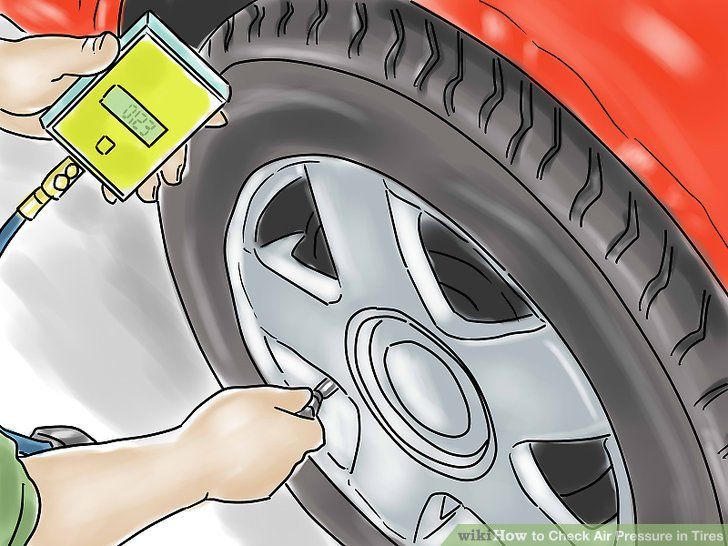
Second, the wheel-mounting surface may be defective. It can be damaged by hitting a pothole or through corrosion.
These two hidden problems become visible through the soap-and-water test or by submerging the tire.
6. Replace or SealYou can resolve a tire leak in two ways.
First, if the leak is due to the tire itself, then a tube sealant kit can handle most small leaks.
Second, for leaks not involving the tire directly, replacing a worn valve stem or a damaged wheel should provide a comprehensive fix.
Check out all the driveline & wheel parts
Photo courtesy of Flickr.
Categories
Know How
Tags
car care, flat tire, flat tire causes, tire care, tires, wheels
Matt Keegan has maintained his love for cars ever since his father taught him kicking tires can be one way to uncover a problem with a vehicle’s suspension system. He since moved on to learn a few things about coefficient of drag, G-forces, toe-heel shifting, and how to work the crazy infotainment system in some random weekly driver. Matt is a member of the Washington Automotive Press Association and is a contributor to various print and online media sources.
He since moved on to learn a few things about coefficient of drag, G-forces, toe-heel shifting, and how to work the crazy infotainment system in some random weekly driver. Matt is a member of the Washington Automotive Press Association and is a contributor to various print and online media sources.
Do you find yourself having to put air in one of your tires every few days? If so, one of your car’s tires could have a slow air leak. That air leak can eventually lead to a flat tire. Fortunately, you can verify when a tire has a leak and even patch it at home.
Most modern cars are equipped with a tire pressure monitoring system (TPMS) that notifies the driver of a change in pressure in any of the car’s tires. However, if you suspect that your vehicle has an air leak and it doesn’t have a tire pressure monitoring system, then there’s an easy way to find it.
First, you can visually inspect the tire’s tread and check for any obvious punctures or nails in it. According to Cars.com, a slow air leak can even be caused by a pinhole in the tread or sidewall. However, the air valve stem or an unsecured tire bead could be culprits as well. In order to pinpoint the leak’s location, you can start by grabbing an empty spray bottle and filling it with soapy water.
Next, take your spray bottle full of soapy water and spray all areas of the tire – this includes the tread, sidewall, the valve stem (uncapped), and along the side of the rim. When you find a spot where bubbles start to form, that’s where the air is leaking out. It’s best to do this process with the tire completely removed from the car, but you can do it with the tire still install. You might just need to move the car backward or forward to ensure you’re inspecting the entire circumference of the tire.
 | (Photo by Wolfgang Kumm/picture alliance via Getty Images)
| (Photo by Wolfgang Kumm/picture alliance via Getty Images)After you find the leak, you can fix it yourself as long as the puncture is in the tire tread and not the sidewall. Repair Pal notes that small punctures can be repaired as long as the tire has been driven on when flat. To repair the leak, you can buy a tire repair plug or patch kit at your local auto parts store. If you choose to repair the leak using a plug, then you can simply use the tools in the kit and repair the hole with the tire still mounted on the rim.
But if you choose to repair the hole using a patch kit, then you’ll have to remove the tire completely off the rim so you can patch it from the inside of the tire. In this case, it will be wise to seek the help of a tire shop to patch the tire or at least remove it from the rim for you. Also, if a leak is caused by a damaged wheel or a tire bead issue, then you could be better off getting help from the tire shop.
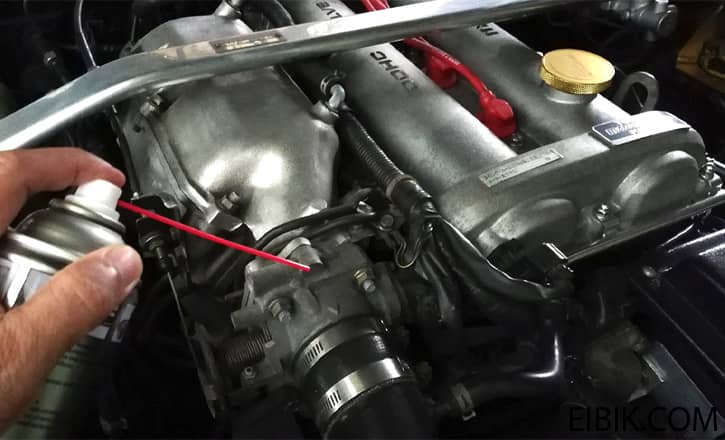 | (Photo by Anton Vergun\TASS via Getty Images)
| (Photo by Anton Vergun\TASS via Getty Images)While tire sealants like “Fix-a-Flat” can seal small punctures in a tire, they are mainly meant to be a temporary solution, according to Tire Fever. The real solution to fixing any small tire leak is to have plugged or patched. However, if the damage is too large, then you may just need to replace the tire completely.
RELATED: Here’s Why Driving on a Flat Tire Is the Worst Idea
Author: Mikhail Balandin
Often in articles about problems and breakdowns of old cars we talk about air leaks. And what kind of suction is this? What and where can suck? And most importantly: how to understand that such a problem exists?
To begin with, let's make a reservation: today we will talk only about gasoline engines.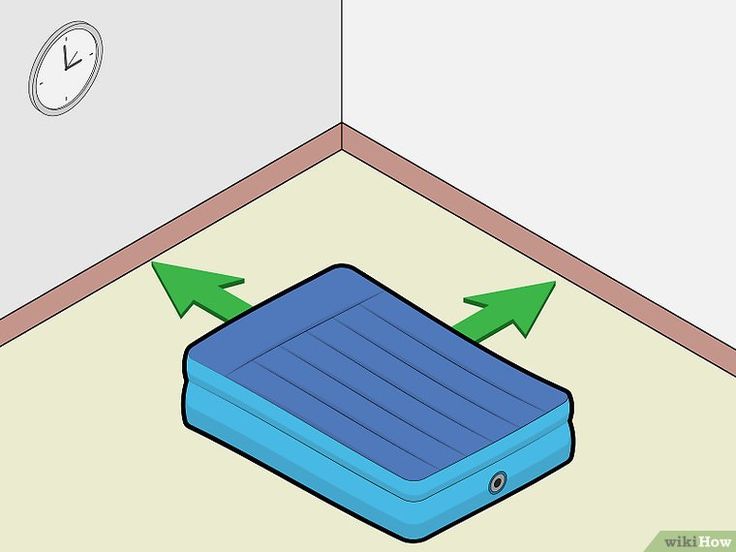 There can also be leakage on a diesel (and sometimes an interesting one is air leakage in the fuel system), but we will simplify the task a little by limiting the topic.
There can also be leakage on a diesel (and sometimes an interesting one is air leakage in the fuel system), but we will simplify the task a little by limiting the topic.
So, what is air leakage? If it is very simple, then this is the ingress of air not taken into account by the sensors (mass air flow sensor or absolute pressure sensor, working in tandem with the air temperature sensor) into the intake. For some reason, many are sure that the suction appeared along with injection cars. This is not true. Of course, we constantly encountered DMRV and DBP only on injectors, but suction could also be on good old carburetor machines. True, it was easier to detect it there and establish its cause: there was a minimum of electronics, so excess air came only through some kind of leaks in the carburetor, or due to a faulty vacuum brake booster. Surely many old-school car enthusiasts remember a typical malfunction in which the engine would slow down or stall every time the brake pedal was pressed. And, of course, all these same respected motorists will immediately name the most effective way to eliminate air leakage through the vacuum booster: screwing a bolt into its nozzle and then tightening it with a clamp. Of course, the "vacuum" stopped working after such actions, the brake pedal became oak, but the engine no longer stalled - air through the torn amplifier membrane did not enter the manifold, where there should have been a vacuum.
And, of course, all these same respected motorists will immediately name the most effective way to eliminate air leakage through the vacuum booster: screwing a bolt into its nozzle and then tightening it with a clamp. Of course, the "vacuum" stopped working after such actions, the brake pedal became oak, but the engine no longer stalled - air through the torn amplifier membrane did not enter the manifold, where there should have been a vacuum.
But that was all a long time ago. Now more and more often vacuum pumps are used to operate the amplifier (usually on turbocharged engines, and they have been on diesel engines for a long time - there is no vacuum there), and modern injectors are much more sensitive to unaccounted air than rather primitive carburetors. At the same time, the consequences of this air disgrace can be noticeably more serious.
So, what is the danger of excess air intake? The consequences may be different, and they may depend on which sensors are used in the car - DMRV or DBP with DTV.
The task of these sensors is to create an ideal air-fuel mixture with a ratio of 14.7 to 1 - that is, one kilogram of liquid fuel should fall on 14.7 kg of air. The DMRV measures the amount of incoming air almost directly, but the DBP is forced not only to measure the pressure of the incoming air, but also to monitor its temperature using the DTV (to calculate the air density), and only then, based on data from both sensors, the ECU calculates the amount of air entering to prepare the mixture. That the system with DMRV, that the system with DBP and DTV works well only under one condition: all air must pass only through these sensors. As soon as it finds a workaround, all sensor measurements lose their meaning - the ECU does not see that there is more air, and the air-fuel mixture becomes poor. And the motor starts to "sausage". But a little differently.
Motor with DMRV reacts to suction more acutely. The set of related problems is extensive, and it is difficult to blame air leaks for everything: the consequences can be too diverse. The motor can shake in a fever at idle, it can stop “pulling” normally, acceleration becomes sluggish and tedious, like a bite of a well-fed carp. In addition, this usually increases fuel consumption. With such symptoms, they very often begin to frantically search for a pressure gauge and measure the fuel pressure in the rail - this is very similar to a dying fuel pump. In part, there is logic in this: a dying pump, like air leakage, can lead to a lean mixture (and more often, simply to its lack). However, do not immediately climb into the catalog and be horrified by the cost of a new pump. It is likely that the cause can be eliminated with a single screwdriver.
The motor can shake in a fever at idle, it can stop “pulling” normally, acceleration becomes sluggish and tedious, like a bite of a well-fed carp. In addition, this usually increases fuel consumption. With such symptoms, they very often begin to frantically search for a pressure gauge and measure the fuel pressure in the rail - this is very similar to a dying fuel pump. In part, there is logic in this: a dying pump, like air leakage, can lead to a lean mixture (and more often, simply to its lack). However, do not immediately climb into the catalog and be horrified by the cost of a new pump. It is likely that the cause can be eliminated with a single screwdriver.
If the ECU prepares the mixture, relying on DBP and DTV data, the signs of suction are usually slightly different. The fundamental difference is that here the composition of the mixture does not often change in the direction of depletion, but the amount of gasoline increases in proportion to the intake of excess air.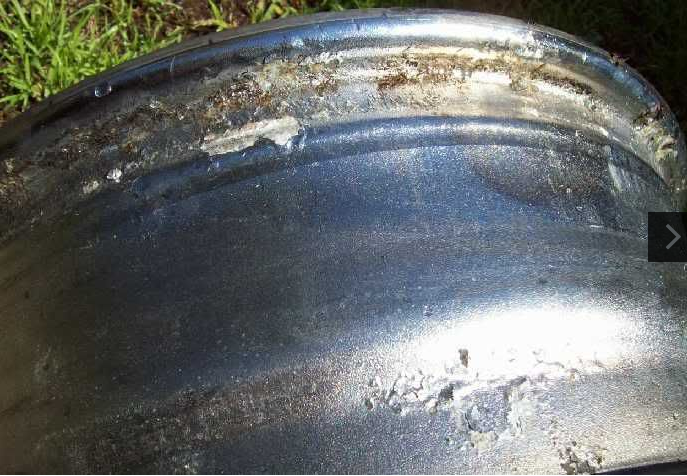 For this, many thanks must be said to the control lambda sensor, which sees too much unburned oxygen in the exhaust gases, goes crazy from its own readings and tries to add gasoline. At this moment, the ECU begins to suspect that something is not going according to plan: the throttle position sensor says that no one is pressing on the gas, and for some reason the amount of air and fuel is growing, causing an increase in idle speed. Crazy from what is happening, he can completely turn off the fuel supply, in which case the idle speed floats interestingly - in waves, from very high to too low. However, this happens in severely neglected cases, when there is too much unaccounted for air, and more often you can only notice an increase in idle speed. When the ECU realizes that it is either crazy or something is broken, it can give errors and light up the "Check Engine". In this case, with computer diagnostics, it is interesting to look at the fuel correction data: most likely, it will be seen there that more air is supplied than necessary.
For this, many thanks must be said to the control lambda sensor, which sees too much unburned oxygen in the exhaust gases, goes crazy from its own readings and tries to add gasoline. At this moment, the ECU begins to suspect that something is not going according to plan: the throttle position sensor says that no one is pressing on the gas, and for some reason the amount of air and fuel is growing, causing an increase in idle speed. Crazy from what is happening, he can completely turn off the fuel supply, in which case the idle speed floats interestingly - in waves, from very high to too low. However, this happens in severely neglected cases, when there is too much unaccounted for air, and more often you can only notice an increase in idle speed. When the ECU realizes that it is either crazy or something is broken, it can give errors and light up the "Check Engine". In this case, with computer diagnostics, it is interesting to look at the fuel correction data: most likely, it will be seen there that more air is supplied than necessary.
Suction and air leakage on supercharged engines is no less dangerous. In such engines, the intake pressure varies over a wider range, from underpressure to overpressure. In addition, the motor controls the intake pressure itself, and the cost of the error is higher than that of the atmospheric one, where the upper limit is set by the ambient air pressure. Of course, and here there is an adaptation of the fuel mixture according to the readings of the lambda sensor. But it is designed to compensate for sensor wear, nozzle performance and air filter resistance, and not to compensate for air leaks and suction. In addition, at low load, the maximum 20 percent adaptation of the mixture may not be enough, and at high load, it can lead to serious damage to the piston group. Well, the “Check Engine” light will only come on if the ECU cannot compensate for changes in the fuel mixture. And even a small suction in any case will backfire with a violation in the operation of the engine both at low and at high loads, since the adaptation mechanism is not omnipotent.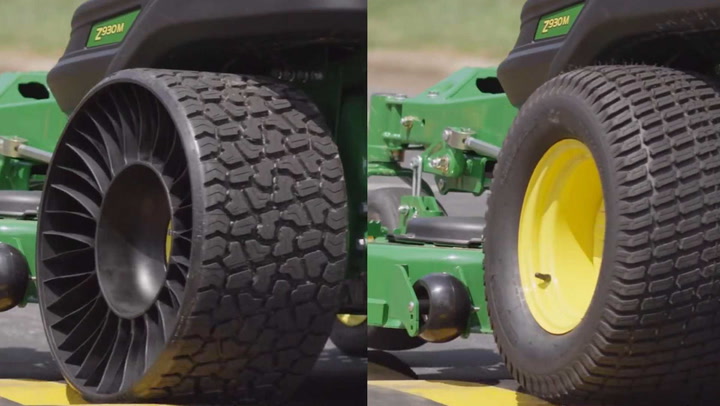
All these things, of course, cannot please the owner. However, this is not the worst. The worst thing can be completely imperceptible at first, and this is a significant depletion of the mixture. What happens in this case, you probably know perfectly well: the temperature rises, exhaust valves may burn out, detonation may occur, and sometimes glow ignition. If the first signs of knock appear that the knock sensor can hear, the ECU will try to save the engine from destruction by changing the ignition timing. At this stage, most likely, any driver will notice that something is wrong with the car. Well, if you don’t notice, then it will come to overheating, and to misfiring, and if you are very “lucky”, then burnout of the exhaust valves.
Separately, a few words should be said about another negative consequence of air leakage. Since this air bypasses the air filter, it contains dust and other suspended particles that are abrasive to the cylinders. Accordingly, a long ride on dusty roads (and we have almost no others) can result not just in increased consumption and reduced power, but in cylinder scuffing. So for all motors (and for some especially - for example, with an aluminum block), air leakage can be a serious problem.
So for all motors (and for some especially - for example, with an aluminum block), air leakage can be a serious problem.
I think we will finish the sad part and move on to the positive and life-affirming part - to find a place for suction.
In most cases, you can find the leak yourself. It is difficult to do this only if the air passes through a burnt or hardened gasket between the block head and the intake manifold. In other cases, everything is much simpler.
Let's start with the classics - with a vacuum brake booster (VUT). Of course, if the engine tries to stall when you press the brake pedal, then there is nothing to think about - you need to repair or change the VUT. But sometimes there is no such obvious symptom, so you need to conduct a simple test: turn off the engine, press the brake pedal well several times, and when it “stands up”, start the engine without releasing the pedal. If after that it failed a little, the “vacuum cleaner” works, and we must continue the search elsewhere.
Often the suction occurs in the vacuum pipes going to the intake manifold. The easiest way to find an unnecessary air hole (that is, a hole) in them is to carefully listen for any extraneous hiss. Alas, not everyone can boast of hearing Tchaikovsky or Mozart, so if you couldn’t understand anything with the “naked” ear, you will have to work a little with your hands.
First you need to try to remove the hose with the sensor from the air filter housing and pinch it, preventing air from passing through the hose. The motor should shut down. If there is suction, then it will not stall. Moreover, since air cannot enter the motor through a pinched hose in a normal way, it will begin to go more actively through the hole, and at this moment it is easier to hear the long-awaited hiss - the hiss will be louder. It turned out - good, no - we are looking further.
If the trick with pinching the hose failed and you consider the vacuum lines to be intact, you can look for leakage in a place that is not the most obvious, but very painful in terms of suction - in the sealing rings of the nozzles.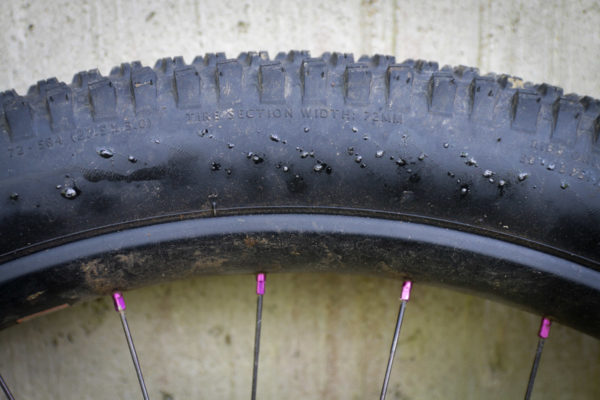 It is clear that it is impossible to compress them, so another way to search for suction will help here - flammable.
It is clear that it is impossible to compress them, so another way to search for suction will help here - flammable.
I must say right away: I am not a supporter of taking a syringe, pouring gasoline into it and pouring it over a hot engine. And I can’t say that a carb cleaner spray can is safe. It is necessary to behave with all this very carefully, and if the hands do not grow from where genetics planned, it is better not to use the method of supplying a combustible substance to the place of possible suction. But if you really want to, then you can try. The meaning is simple: even carb cleaner, even gasoline (its vapors), even WD40 - all this, in combination with air, burns well. Therefore, if you carefully apply these substances to the place of suction, the crankshaft speed will increase for a short time. The method, of course, is working, but it is necessary to water the running engine with combustible compounds very carefully. However, to search for leakage in places where there are no compressible hoses, the method is suitable.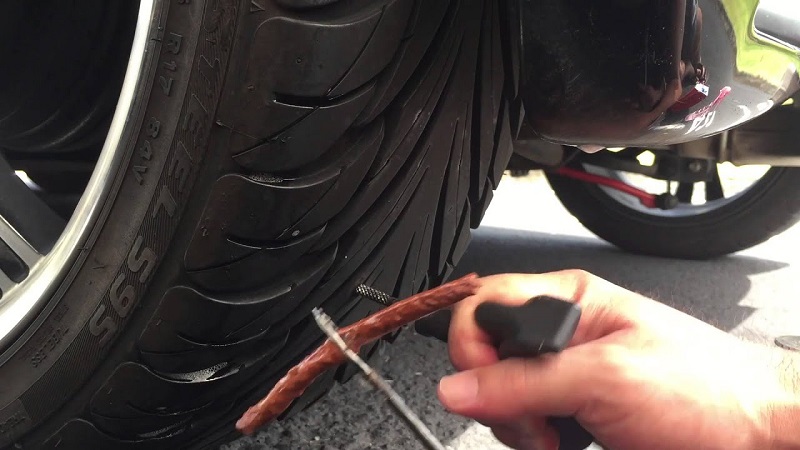 The leak can be in the throttle or intake manifold gasket, through the nozzle rings, thick corrugations after the DMRV, or simply under the vacuum line clamps. It is impossible to pinch these places, so you can try to use some combustible substances there. But I repeat - very carefully.
The leak can be in the throttle or intake manifold gasket, through the nozzle rings, thick corrugations after the DMRV, or simply under the vacuum line clamps. It is impossible to pinch these places, so you can try to use some combustible substances there. But I repeat - very carefully.
If there is a fear that the curvature of the hands can lead to a fire, you can go the other way - go to the service and give the car to specialists. The service can use a compressor or, even better, a smoke generator to find the leak. The compressor is usually connected instead of the air filter, pumping not very much pressure and listening to where it will whistle or hiss. In words, everything is easy and simple, in reality - not very much, since air can escape through open valves. And during this procedure, it is necessary to turn off the crankcase ventilation system.
It is much better to use a smoke generator. Where smoke starts to pour from the air system is always visible. The main thing is to fill the system with this smoke.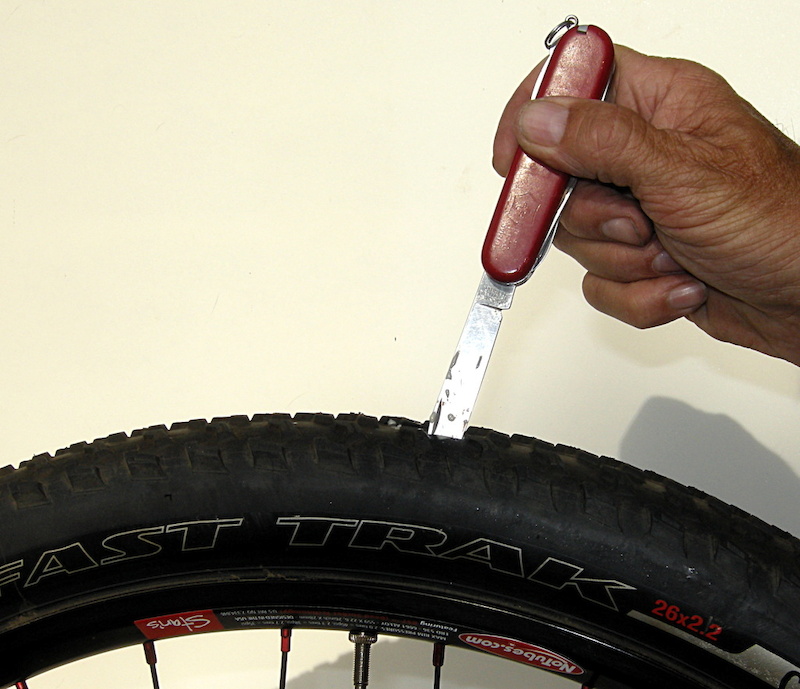 Good services usually have a smoke generator, and checking with it is not that expensive.
Good services usually have a smoke generator, and checking with it is not that expensive.
By the way, many people try to make a smoke generator on their own. Someone burns motor oil for this, someone makes some exotic cars with a cigarette as a source of smoke. How effective home-made devices work, I can’t say, this needs to be checked. But if you really want to immerse yourself in technical creativity, there are diagrams of such structures on the Internet. Maybe they work just fine.
Is there any way to avoid air leakage? If the car is not too old, then you can. If he still saw Gorbachev, then it is unlikely: all rubber tubes and hoses lose their properties over time, dry out, tan and crack. Unfortunately, this is a natural process that cannot be completely prevented.
For newer cars, the most relevant advice would be to avoid overheating, which greatly shortens the life of both rubber and plastic. And do not abuse the constant driving with a strongly vibrating engine (usually due to a worn out filled engine mount or simply a malfunction). Vibrations weaken the clamp connections and contribute to even faster wear of both lines and wiring, which can simply fray.
And do not abuse the constant driving with a strongly vibrating engine (usually due to a worn out filled engine mount or simply a malfunction). Vibrations weaken the clamp connections and contribute to even faster wear of both lines and wiring, which can simply fray.
And the last thing: not very careful hands that were engaged in repair or maintenance of the car may be to blame for air leaks. A clamp that is not fully tightened, an incorrectly laid tube, the absence of any fastening element broken during dismantling - all this can cause air leakage. Unfortunately, this happens, and it is impossible to ignore such a possibility.
practice
Articles / Popular questions Not only dangerous driving: how and why traffic rules prohibit frequent lane changes Many people associate frequent rebuilding on the road only with dangerous driving, which, as you know, is prohibited by traffic rules. However, in fact, rebuilding is regulated even in conditions where ... eleven 0 0 11/21/2022
However, in fact, rebuilding is regulated even in conditions where ... eleven 0 0 11/21/2022
Articles / Interesting 5 reasons to buy and not to buy Mitsubishi Pajero Sport I If you are exploring the possibility of realizing your old dream and buying a comfortable SUV just because it's cool - you can safely move on to reading some other material ... 3946 four 2 11/20/2022
Articles / History A hundred and forty, which has no equal: 10 of the most unique versions of the Mercedes S-class W140 The third generation of the Mercedes S-Class, with factory designation W140, is one of the most iconic Stuttgart starships. Firstly, in 1991, Eska first received a six-liter V12 engine, in ... 2794 3 6 19.11.2022
Firstly, in 1991, Eska first received a six-liter V12 engine, in ... 2794 3 6 19.11.2022
Test drives / Test drive Haval Dargo vs Mitsubishi Outlander: the dog is barking, the stranger is coming In the Haval dealership in the south of Moscow, life is in full swing: buyers look at cars, communicate with managers and sign some papers. While I was waiting for the test Dargo, the same cross... 16913 7 205 13.09.2022
Test drives / Test drive Motor from Mercedes, emblem from Renault, assembly from Dacia: test drive of the European Logan 1. 0 It would seem that what's new can be told about the second generation Renault Logan, known to every Russian taxi driver, as they say, up and down? However, this car has... 13778 ten 41 08/13/2022
0 It would seem that what's new can be told about the second generation Renault Logan, known to every Russian taxi driver, as they say, up and down? However, this car has... 13778 ten 41 08/13/2022
Test drives / Test drive Geely Coolray vs Haval Jolion: Free Cheese? If! Do you want to buy a car today with a full warranty, on credit at an adequate rate, without wild dealer markups? Now this is still a task, because a full-fledged chain of "representation - s... 10883 26 thirty 08/10/2022
For normal operation of a gasoline engine, the mixture of fuel with air must have a certain quantitative composition in terms of the mass of gasoline and oxygen supplied in one cycle. Otherwise, ignition will be unstable or even impossible. Moreover, deviations in both directions, for enriching the mixture with fuel or for depletion, equally badly affect the stability of combustion initiation.
Otherwise, ignition will be unstable or even impossible. Moreover, deviations in both directions, for enriching the mixture with fuel or for depletion, equally badly affect the stability of combustion initiation.
Content of the article:
Subcrete masses through leaks in the intake tract.
This oxygen is poorly taken into account by the system, so the engine will react to it with uncertain and unstable operation in all modes.
Must Read: How to bleed air from a car's cooling system
This is especially noticeable at idle, when air consumption is low and additives cause more significant damage. But even in power modes, suction is undesirable, since it leads to a decrease in return, an increase in consumption and violations of the thermal regime.
Air usually enters through faulty seals or failed shut-off valves, as mechanical damage to pipe walls is unlikely.
The fuel system is pressurized by a submersible fuel pump. The appearance of air at its inlet can rather be characterized as the absence of a certain amount of fuel than oxygen leakage. Further air will also not be able to enter the fuel lines due to the pressure drop. There is only one way left - through the tank ventilation, which belongs to the fuel system.
Ventilation is forced through the canister and its valve. It is the failure of the valve that will cause excess air to appear. The control unit is sure that the valve is closed, which means it does not take into account this additional oxygen, hence the interruptions in operation.
It is the failure of the valve that will cause excess air to appear. The control unit is sure that the valve is closed, which means it does not take into account this additional oxygen, hence the interruptions in operation.
The main path of unaccounted for flow can be through the intake manifold, since it is located already after the throttle valve and flow sensors.
There are numerous seals here, each of which can fail. Excess oxygen will cause a lean mixture that cannot be stably compensated by fuel trim. The motor will start to "troit", twitch and often stall, the power will decrease, and the consumption will increase.
Most often, the joint between the manifold and the head of the block, sealed with a gasket, loses its tightness. Over time, it will lose elasticity, and the tightening of the collector studs will weaken.
Fuel injectors (injectors) are located on a common rail on one side, and on the other, they are inserted into the intake manifold sockets near the junction with the head on the force of elasticity of rubber sealing rings.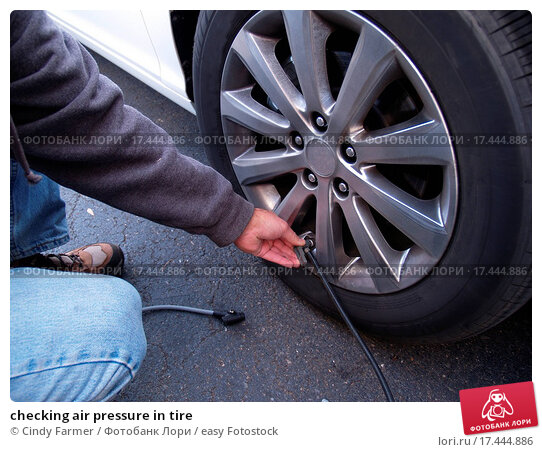
Too much mechanical stress on these rings, as well as high operating temperatures, especially if there is also an exhaust manifold or a turbocharger nearby, contribute to loss of tightness and the beginning of air leakage through the injector seals into the intake manifold.
Vacuum booster receives vacuum from the same intake manifold through a fitting, hose and check valve.
There are enough opportunities for the appearance of leaks here, all of the above, plus the amplifier membrane or its case, can leak. Which will lead to the manifestation of the same general symptoms of suction in the intake manifold.
Allowing the right amount of air through is the main function of the throttle valve with a damper that regulates the flow at the command of the driver. This system is balanced through a throttle position sensor and an idle speed controller that blocks an additional bypass channel bypassing the throttle.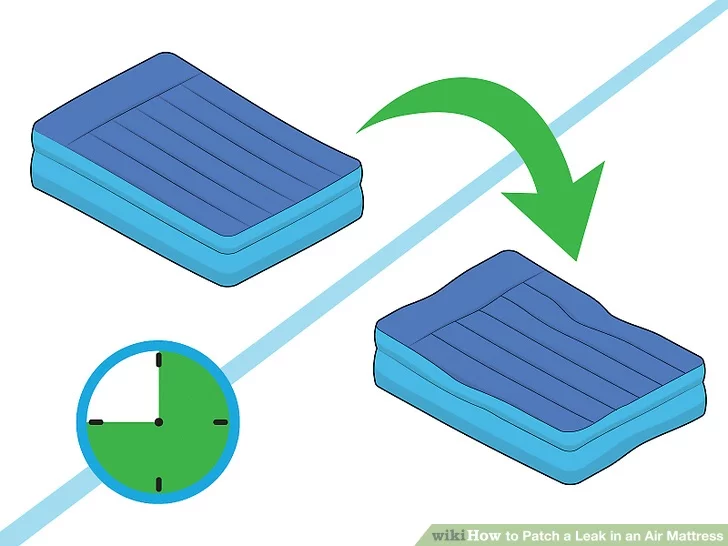
If for some reason the damper does not close tightly or opens by an abnormal value, then the engine control unit does not notice this, since it takes data exclusively about the angle of rotation of the damper axis, considering the overall geometry of the unit to be standard.
There are enough reasons for incomplete closure, the main one may be canal contamination. Hence the additional air with all the ensuing, or rather, inflowing consequences.
Cracked or burnt gaskets in the exhaust cause exhaust gases to escape with a characteristic sound. But there is also a seemingly paradoxical fact of reverse air intake.
Related: Why error P0172
occurs
The fact is that the exhaust process is pulsating, so during pressure drops, air containing oxygen is taken in from the outside.
There is a sensor at the catalyst inlet, the task of which is precisely to determine the presence of this gas in the exhaust, and then issue a signal to the engine controller.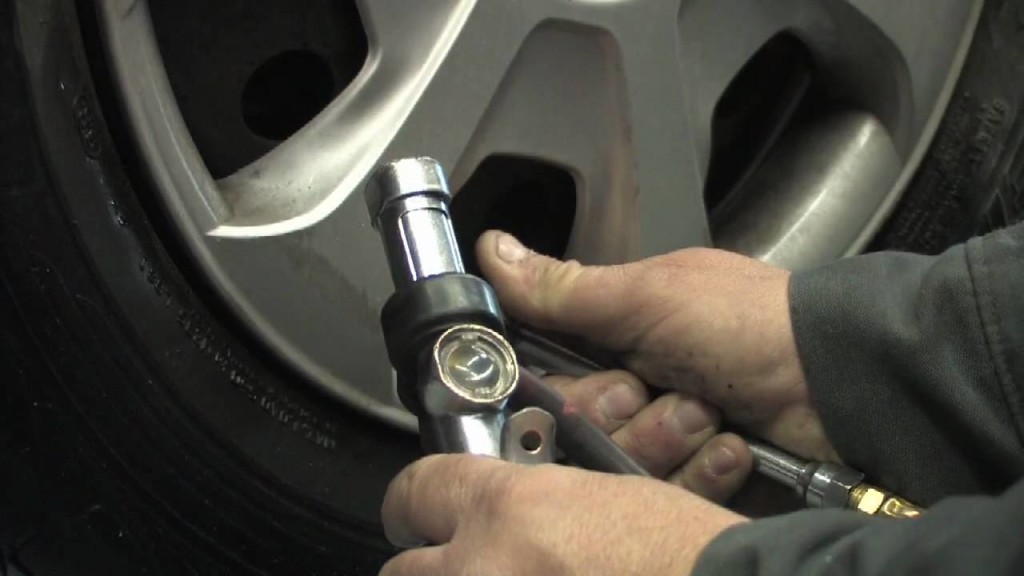
Having recognized this as an excessively lean mixture, the computer begins to enrich it, which leads to an increase in consumption, overheating and other troubles. The reason for this is an unexpected-looking suction in the exhaust manifold.
In normal mode, its influence is taken into account and such foreign gas intakes do not interfere with engine operation. There is only one characteristic malfunction - valve failure, which is sometimes placed in the ventilation system. In this case, the intake of unaccounted air begins.
LPG equipment is not always standard equipment, so its installation and adjustment can be done carelessly, which leads to the mixture being depleted of excess oxygen. For both reasons, poor-quality tuning or leaks.
For both reasons, poor-quality tuning or leaks.
When using such systems, it is necessary to carry out regular checks, it is their defects that lead to a change in the temperature regime and mechanical breakdowns in the motor.
The most common application is to apply gasoline or other volatile hydrocarbons to suspicious places with a brush. By enriching the air with fuel, you can change the engine mode in this way, which will indicate an exact hit. It remains only to replace the gasket or hose. But there are other ways as well.
If a hose comes off the intake manifold to a device suspected of leaking, simply pinch or bend it. The suction will stop, which is determined by the alignment of the motor.
Compressed air can be supplied from the compressor into a closed cavity that is supposed to be leak free. If they are there, then this will be noticeable by the hiss of air escaping under pressure or the appearance of bubbles when wetting the tested compounds.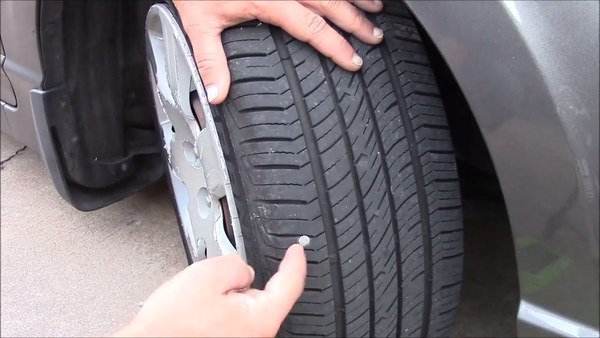
Soap solution works in the exact opposite way, due to its viscosity, it can temporarily plug defects and engine performance will change. The appearance of bubbles is also possible due to the pulsating nature of the leaks.
Smoke generators are used in professional practice.